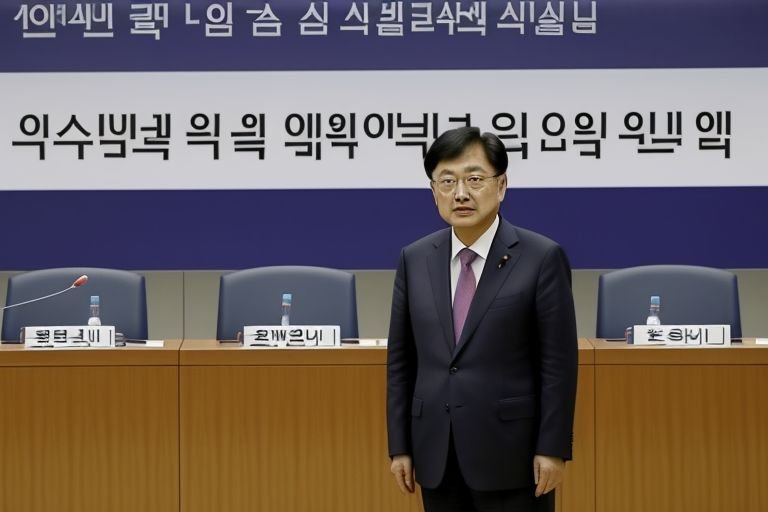The South Korean government has unveiled a 7.3 trillion won ($5.5 billion) package to boost the country’s semiconductor industries as it seeks to retain its dominance in the global chip market. This undertaking is part of a development plan targeted at identifying and correcting economic problems and promoting the development of successful industries.
The semiconductor support program will be a foundation for the country to sustain South Korean’s semiconductor industry the market leader in chip manufacturing and designing company. It entails the funding in research and development, upgrading of infrastructure and offering of incentives to make the firms undertake their operations in the country. This decision is rather crucial especially given the rising trend in the global competition especially in the production of integrated circuits hence the significance of chipmaking for security and development of the nation’s economy.
Finance Minister Choi Sang-mok single out Seminar makers as a major industry for South Korea stating that the government will assist the industry to remain competitive to retain its leadership. The program will help production giants such as Samsung Electronics and SK Hynix, as well as smaller companies in the supply chain industry.
Besides the UISI, the South Korean government is working on other macroeconomic issues at the same time. The following are some of the areas, which can be given more emphasis: One of them is, the management of household debt that has been on the rise of late. To arrest possible excesses in lending and what the finance ministry has termed as ‘housing bubbles,’ it has revealed plans of putting in place tighter regulatory measures in the lending process as well as continue to keep a close check on the property market.
The economic authority is also being delivered by the Bank of Korea. Although it has refused to change its benchmark interest rate which currently stands at 3.5% for a longer time than usual, signals have been given that a rate may soon be slashed. Economists believe that the central bank could cut rates as soon as November, based on the conditions in the economy, and inflation.
The potential rate cut can be seen against the background of today’s global economy events, such as the change of tone of the U.S. Federal Reserve which became rather more bull-bearish recently. The South Korean government is rightly treading the thin line between pursuing the economic objectives and maintaining fiscal stability.
Trade wise, the South Koreans are exerting efforts to manage risks associated with export destinations, with a view of diversifying export markets free from reliance on specific trading partners. Recent figures suggest some improvement, specifically, export was up 24.6% year on year in the first 10 days of September. This growth was partly due to increased demand of semiconductors thus showing that the government needs to pay much attention to this sector.
The government is also in the process of improving upon existing FTA, some of which are under process to renew the CEPA with India. These endeavours are lasting to create multiplicative markets for the South Korean firms and cementing economic relations with the major players.
Nevertheless, there are some problems as regards to the subject in question. The amount of elderly and relatively few births remain to be long-term economic issues. In order to solve these problems, the government is seeking for many ways, for example, developing polices on supporting families and increasing the birth rate.
In the financial sector in particular, authorities are cautiously about possible risks. The recent speculation regarding government’s fine of Credit Suisse for short-selling violations in South Korea shows that government still aims to preserve the market and investors.
While South Korea tries to address those challenges, it is crucial to see that the variety of sources of support – both in the industrial and fiscal policymaking – as well as the governance by the regulatory authorities, show the intentions of the government to preserve the intense economy of South Korea. The outcome of these activities will be important for determining what course South Korea will take in the post-crisis world, as it tries to sustain economic growth while maintaining technological leadership, political stability and social solidarity.


